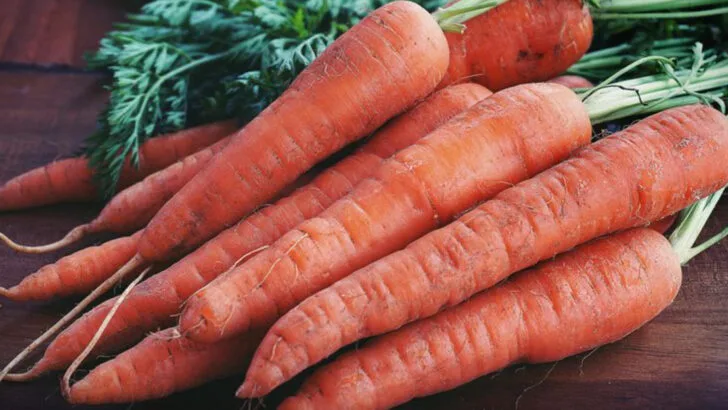Soil pH isn’t exactly the most exciting part of gardening, until your plants start struggling and you’re not sure why. That’s when the numbers start to matter. Some vegetables love a slightly acidic environment, while others prefer a more neutral spot to stretch their roots. Getting this balance right can make a real difference in how well your garden grows.
It’s not about being scientific to the point of obsession. It’s about giving your plants the kind of soil they can actually thrive in. A handful of vegetables will surprise you with how well they do in lower pH conditions, and a few others will stall if the soil skews too acidic. Knowing who prefers what can help you avoid frustration and finally figure out why those peppers looked so unhappy last summer.
Potatoes
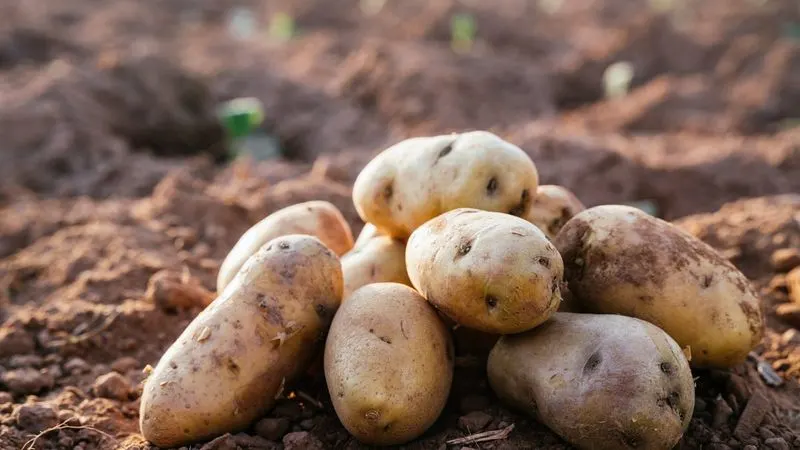
Potatoes have a secret love affair with acidic soil. Their preference for a pH between 5.0 and 6.0 ensures that they avoid the common and damaging disease known as scab. This makes them a wonderful addition to the acidic section of your garden.
In fact, gardeners often find that potatoes grow larger and more plentiful in slightly acidic conditions. With their hardy nature and versatility in the kitchen, potatoes are both a staple and a delight.
Whether mashed, baked, or roasted, this beloved tuber shines in a wide variety of dishes.
Sweet Potatoes
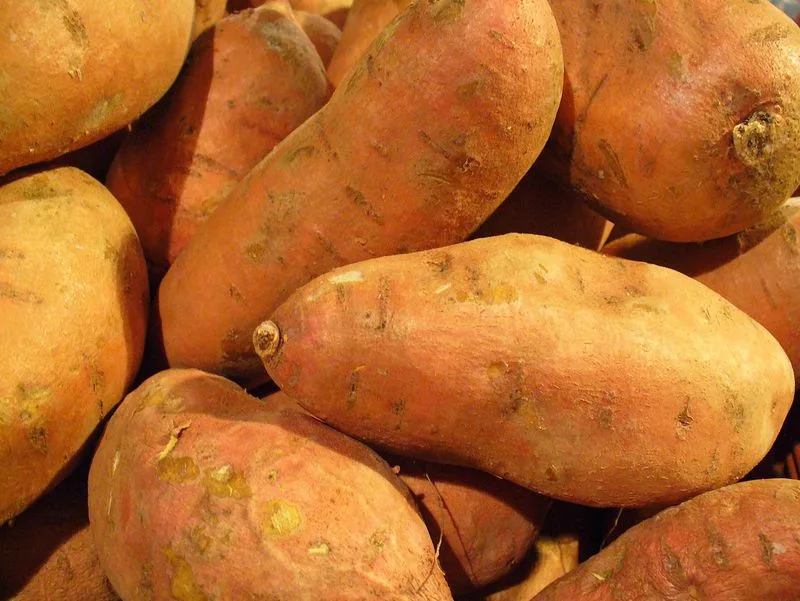
Did you know that sweet potatoes thrive in acidic conditions? Unlike their starchy cousins, sweet potatoes prefer a pH level of 5.5 to 6.5.
This unique requirement makes them an excellent choice for gardens with naturally acidic soils. Sweet potatoes are not only delicious but also packed with nutrients like vitamins A and C.
Once grown, they provide a sweet and nutritious addition to meals, whether roasted, baked, or made into fries. Their vibrant orange hue adds both color and flavor to any dish.
Radishes
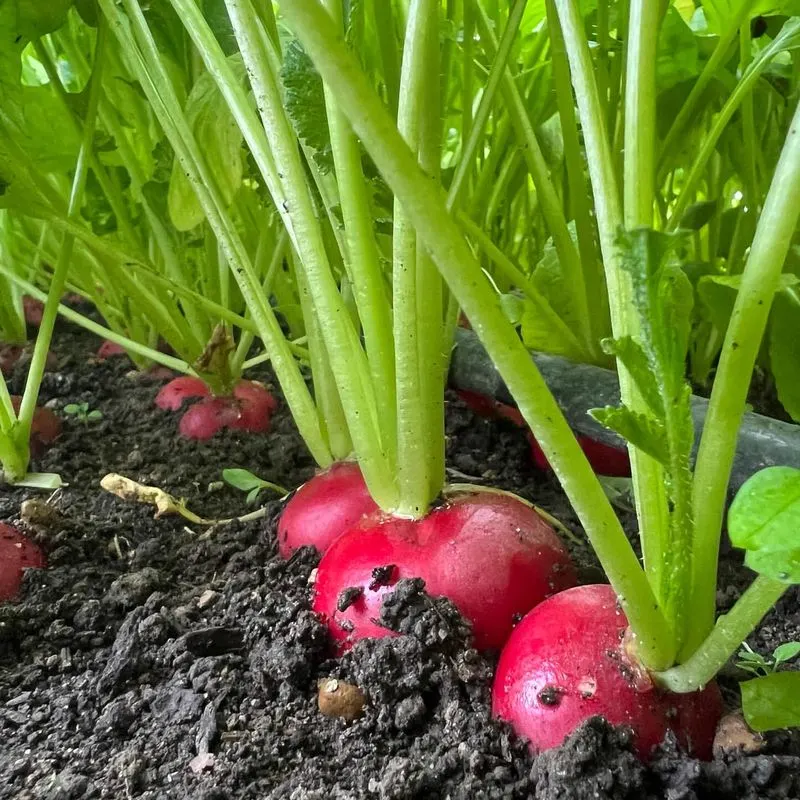
Radishes are surprisingly fond of acidic soils. Their small, round forms develop best in a pH range of 5.5 to 6.8, making them suitable for many garden environments.
These peppery vegetables grow quickly, often ready to harvest in as little as four weeks. Their crisp texture and spicy taste make them a favorite in salads and garnishes.
Radishes are not only easy to grow but also add a refreshing bite to your garden’s offerings. Their rapid growth and vibrant color make them a delightful choice for gardeners.
Carrots
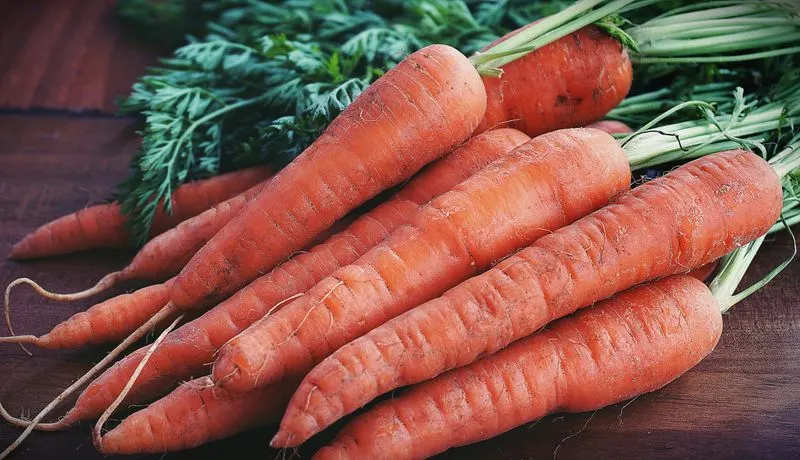
Carrots have a hidden affinity for acidic soil. Their preference for a pH of 5.8 to 6.8 allows them to develop their characteristic sweet flavor and crisp texture.
These root vegetables are a garden favorite, known for their vibrant orange hue and nutritional benefits. Rich in beta-carotene, carrots are a healthy addition to any meal.
Whether enjoyed raw, roasted, or steamed, carrots offer a delightful crunch and sweetness. Their ability to thrive in acidic conditions makes them a versatile choice for many gardeners.
Blueberries
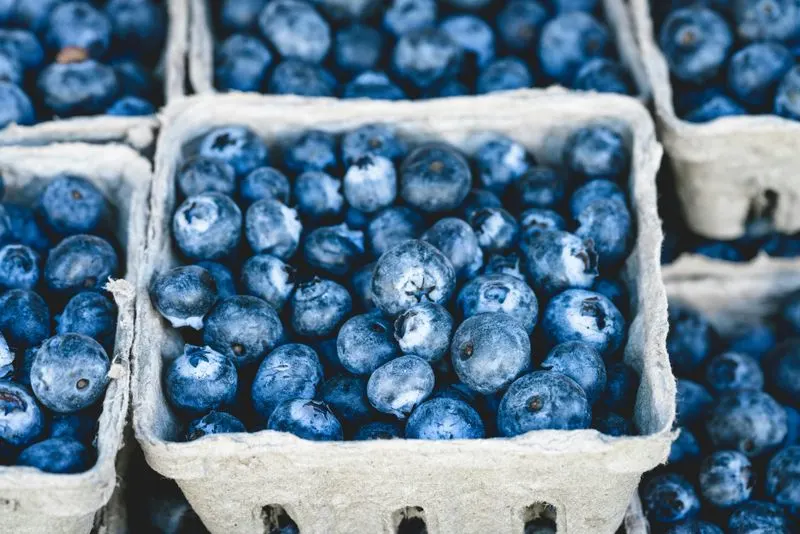
Blueberries are renowned for their love of acidic soil, thriving in a pH range of 4.5 to 5.5. This preference is essential for their growth and the sweet, tangy taste of their berries.
Unlike many other fruits, blueberries require this specific soil condition to flourish, making them a unique addition to your garden. Their luscious blue berries are not only delicious but also packed with antioxidants.
Whether eaten fresh, in desserts, or as a topping, blueberries offer a burst of flavor and health benefits.
Strawberries
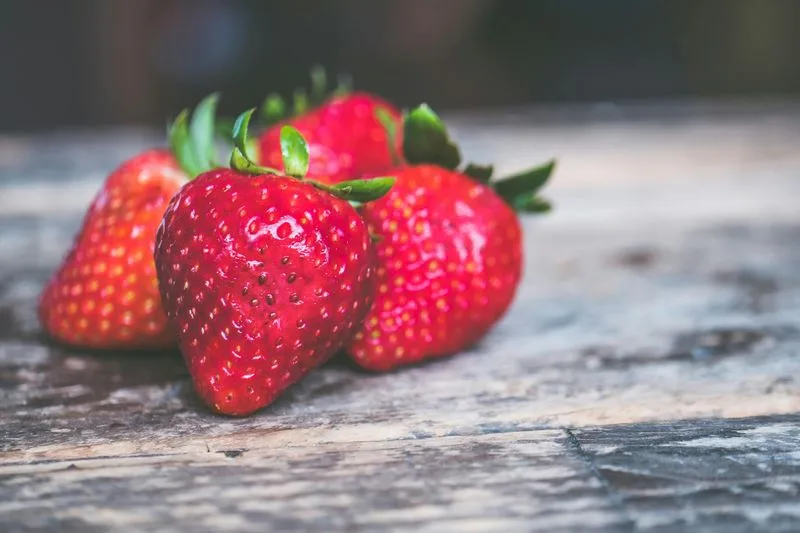
Strawberries, with their sweet and juicy fruit, have a preference for mildly acidic soil. They thrive in conditions where the pH ranges from 5.5 to 6.8.
These lovely red berries are a favorite among gardeners and fruit lovers alike. Their ability to flourish in acidic environments makes them a perfect choice for those with such soil types.
Whether enjoyed fresh, in jams, or as a dessert topping, strawberries add a delightful sweetness to any dish. They are both a treat for the palate and a joy to grow.
Cranberries
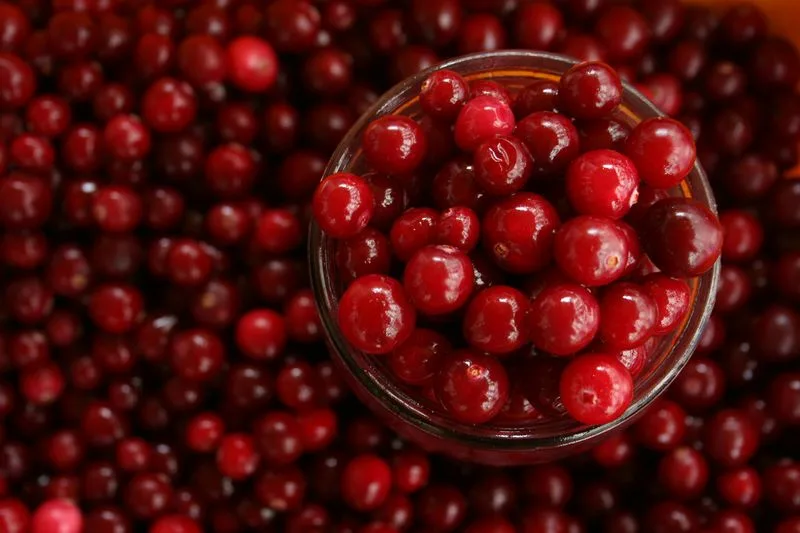
Cranberries are uniquely adapted to acidic soils, thriving in a pH range of 4.0 to 5.5. This specific preference makes them one of the few fruits that require such conditions.
Often grown in wet, marshy areas, cranberries are a staple in holiday dishes and beverages. Their tart flavor and vibrant red color make them a distinctive presence in the culinary world.
From sauces to drinks, cranberries add a unique zest and health benefits, making them a cherished addition to gardens where acidic soil prevails.
Rhubarb
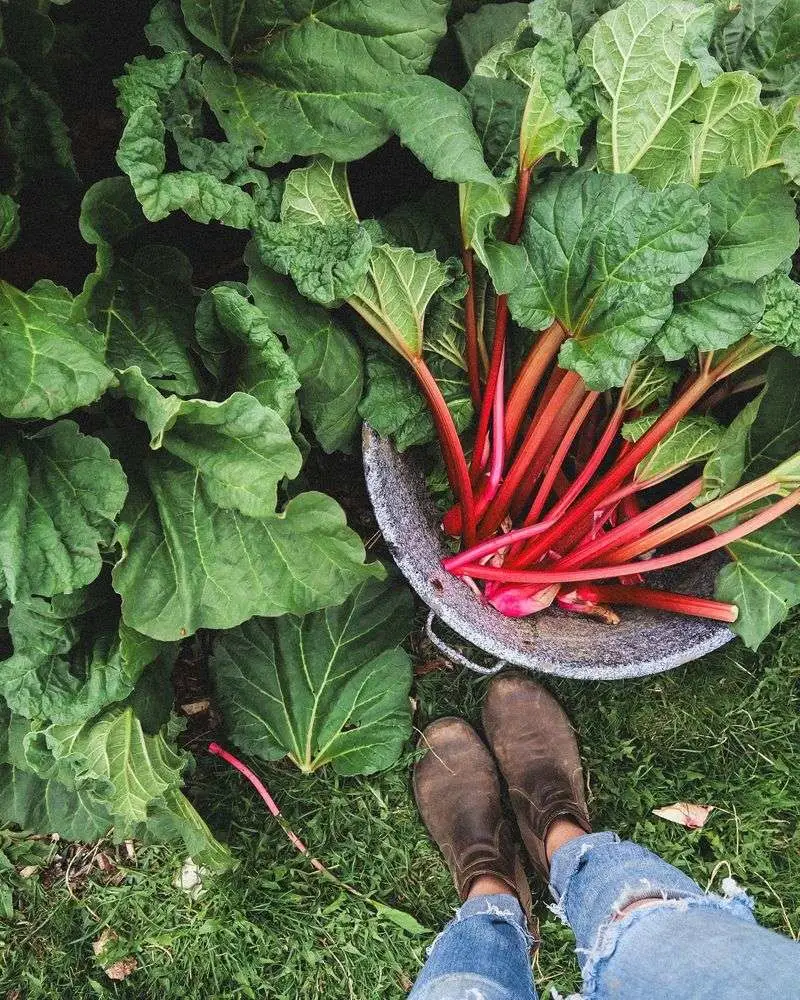
Rhubarb is a hardy perennial that enjoys acidic conditions, with an ideal pH range of 5.5 to 6.8. This makes it well-suited for gardens where such soil types are prevalent.
With its long, red stalks and tart flavor, rhubarb is often used in pies, jams, and desserts. It adds a unique taste and texture to culinary creations, providing both sweetness and tang.
Rhubarb’s ability to thrive in acidic soil makes it a valuable and versatile addition to any garden, offering flavor and beauty throughout the growing season.
Lettuce
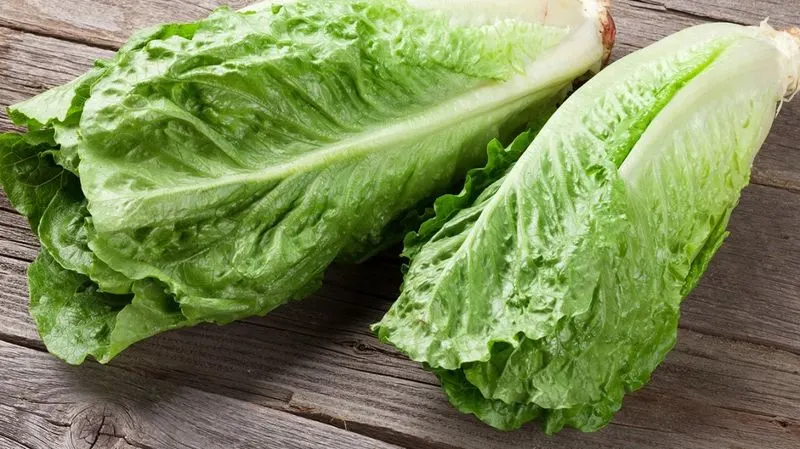
Lettuce prefers neutral ground, growing best in soils where the pH ranges from 6.0 to 7.0. This leafy green is a staple in salads, offering a crisp texture and refreshing taste.
With its ability to grow quickly and in various climates, lettuce is a versatile addition to any garden. Whether you prefer romaine, iceberg, or butterhead, lettuce provides nutritional benefits like vitamins A and K.
Its adaptability to neutral soil conditions makes lettuce a popular choice for gardeners, promising fresh and delicious harvests throughout the growing season.
Cabbage
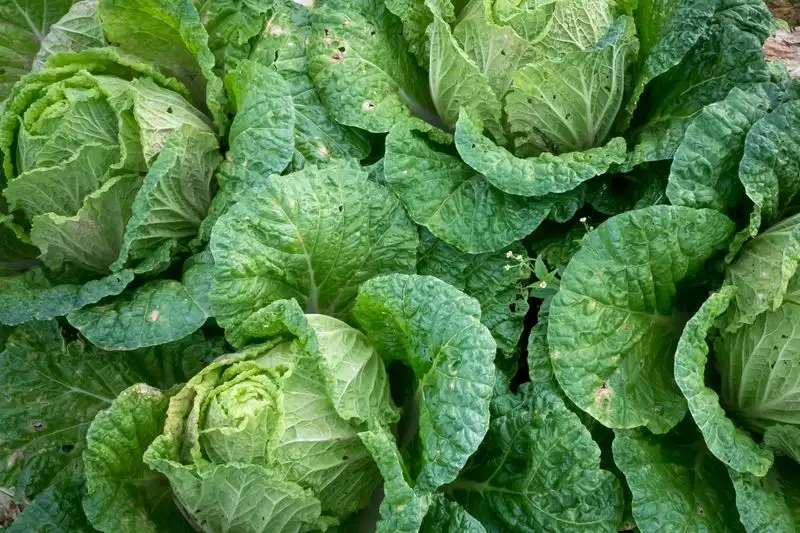
Cabbage is a hearty vegetable that thrives in neutral soils. Its preference for a pH range of 6.0 to 7.5 makes it a suitable choice for many gardens.
Known for its dense, leafy head, cabbage is a staple in cuisines worldwide. From slaws to soups, it offers a robust flavor and crunchy texture.
Rich in vitamins C and K, cabbage is both nutritious and versatile. Its ability to adapt to neutral soil conditions makes it an excellent addition to your garden, providing a steady supply of fresh produce.
Spinach
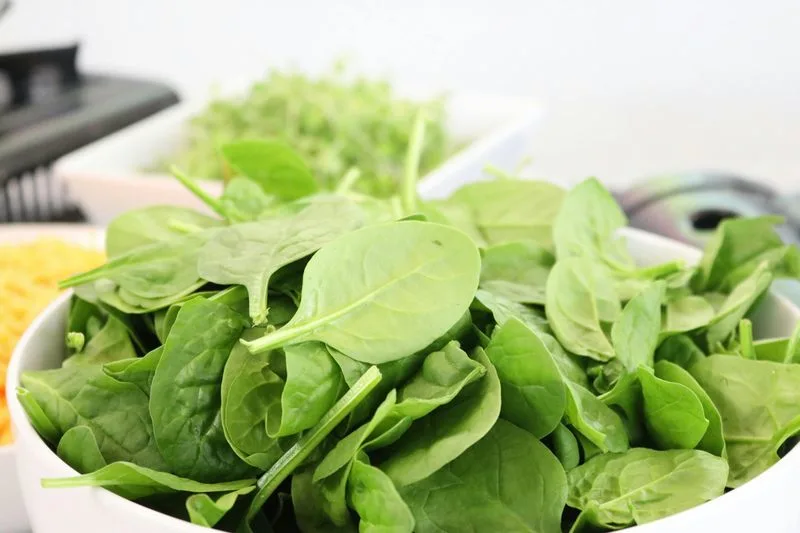
Spinach is a leafy green that prefers neutral soil conditions, with a pH range of 6.0 to 7.0. Its tender leaves are a rich source of iron and vitamins A, C, and K.
Whether enjoyed fresh in salads or cooked in dishes, spinach offers a mild, slightly sweet flavor. Its rapid growth and adaptability make it a favorite among gardeners.
This versatile vegetable thrives in neutral soils, providing delicious and nutritious harvests. Spinach’s ability to grow quickly and in various conditions adds to its appeal.
Peas
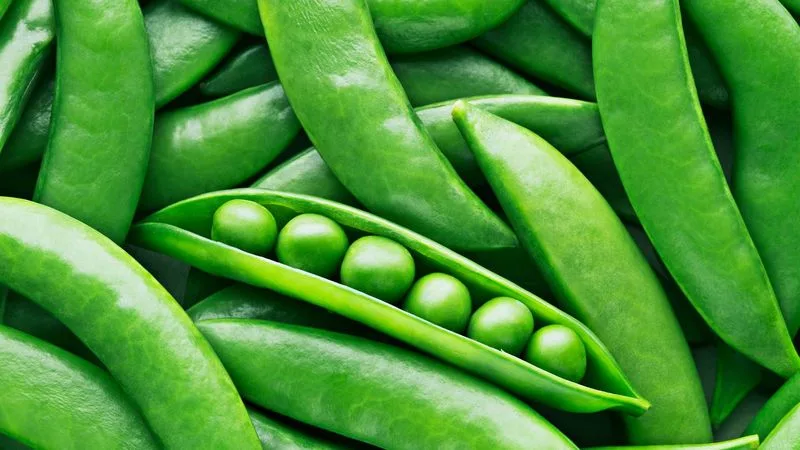
Peas are well-suited to neutral soils, thriving in a pH range of 6.0 to 7.5. These climbing plants are known for their sweet, tender pods and vibrant green color.
Whether grown for their pods or shelled peas, they add a delightful sweetness to any dish. Peas are an excellent source of protein, fiber, and essential nutrients.
Their preference for neutral soil conditions makes them an ideal choice for many gardeners. Peas provide both beauty in the garden and nourishment on the table.
Tomatoes
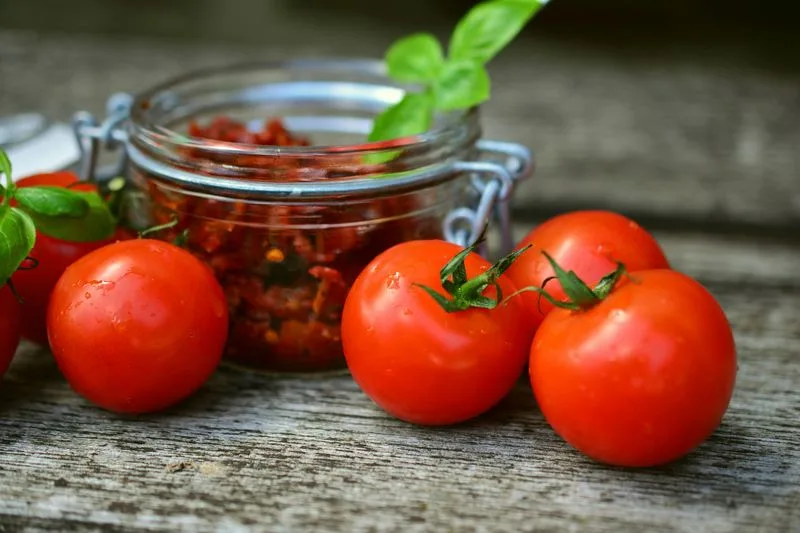
Tomatoes flourish in neutral soil, requiring a pH range of 6.0 to 6.8 for optimal growth. Their juicy, flavorful fruit is a staple in many cuisines around the world.
From salads to sauces, tomatoes provide a burst of flavor and color. Rich in vitamins C and K, they are both nutritious and versatile.
Neutral soil conditions allow tomatoes to thrive, making them a favorite among gardeners. Their ability to adapt to various growing environments ensures a bountiful harvest.
Beans
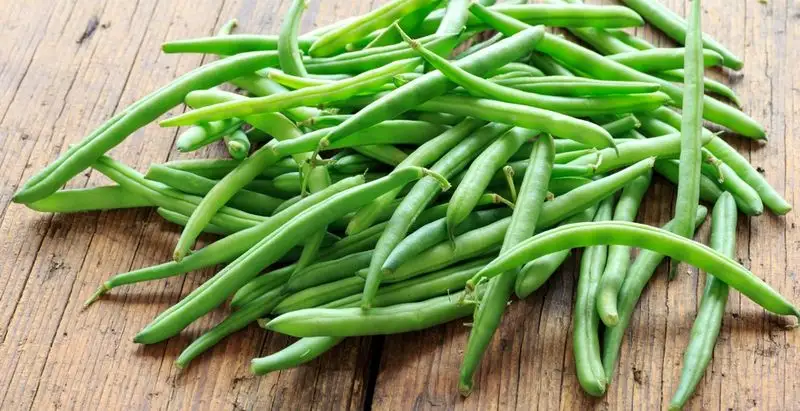
Beans thrive in neutral soils, preferring a pH range of 6.0 to 7.0. These leguminous plants are known for their rich protein content and robust growth.
Whether grown as bush or pole varieties, beans offer a crunchy texture and earthy flavor. They are a staple in many diets, providing essential nutrients and fiber.
Their adaptability to neutral soil conditions makes beans a popular choice for gardeners. With their rapid growth and abundant yield, they are a rewarding addition to any garden.
Beets
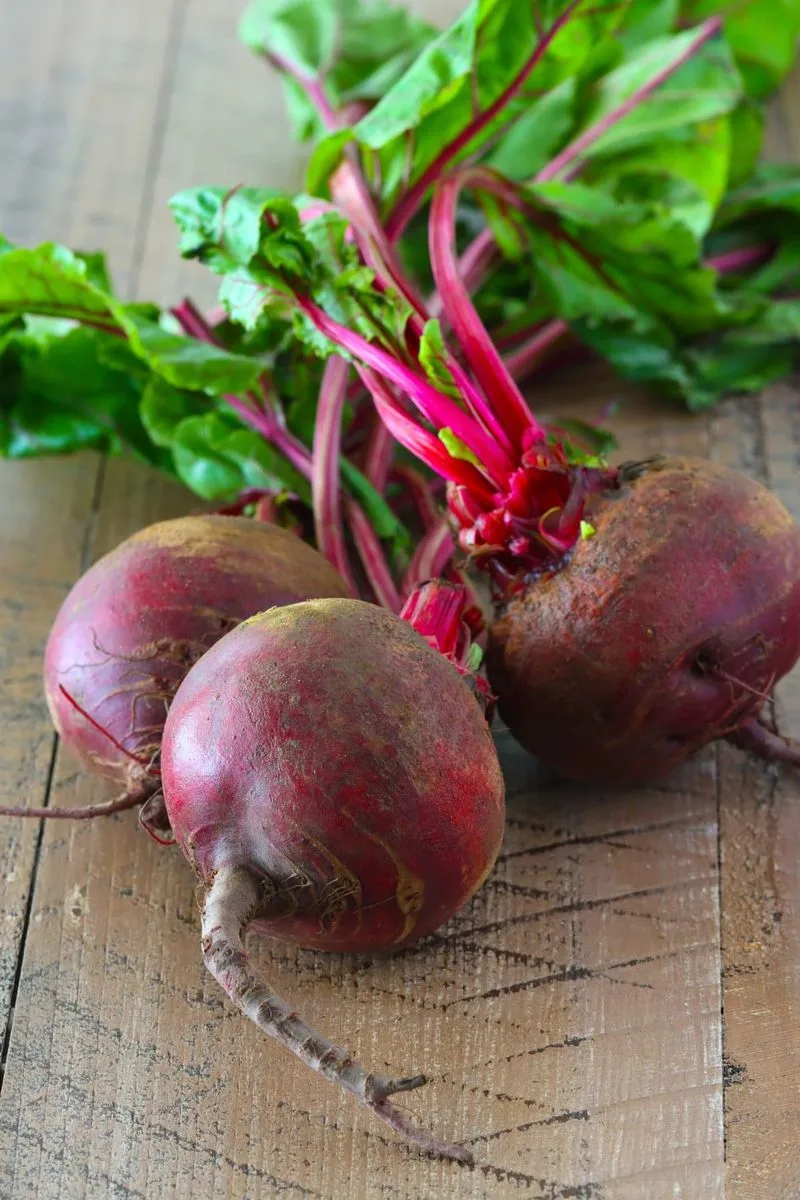
Beets prefer neutral ground, flourishing in soils with a pH range of 6.0 to 7.5. These root vegetables are known for their earthy flavor and vibrant red color.
Rich in essential nutrients like folate, beets offer a sweet and robust taste, making them a versatile addition to meals. From salads to roasted dishes, they provide both flavor and nutrition.
Beets’ adaptability to neutral soil conditions makes them an excellent choice for gardeners seeking a hearty and nutritious crop.
Cauliflower
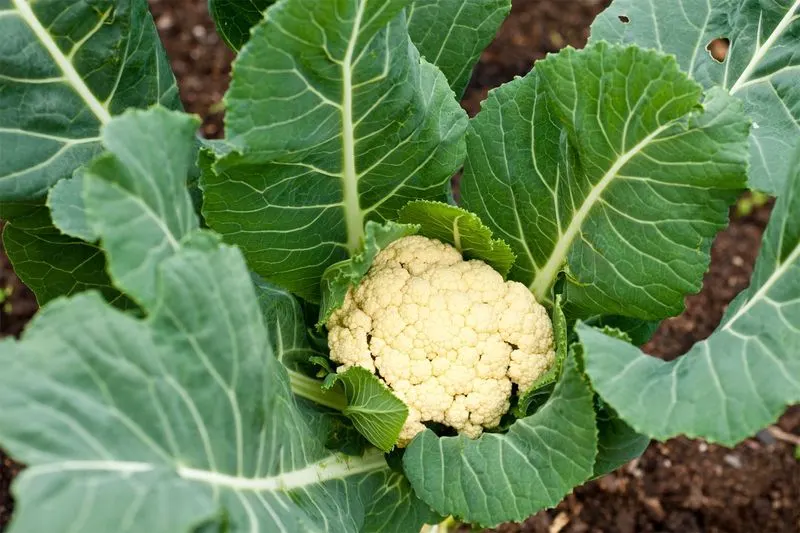
Cauliflower thrives in neutral soils, with a preferred pH range of 6.0 to 7.5. Known for its dense, white head, cauliflower offers a mild, nutty flavor.
Whether roasted, steamed, or used as a low-carb substitute, cauliflower is a versatile and nutritious addition to meals. Its ability to grow in neutral soil conditions makes it a favorite among gardeners.
Rich in vitamins C and K, cauliflower provides both health benefits and culinary versatility. Its adaptability ensures a plentiful harvest.

